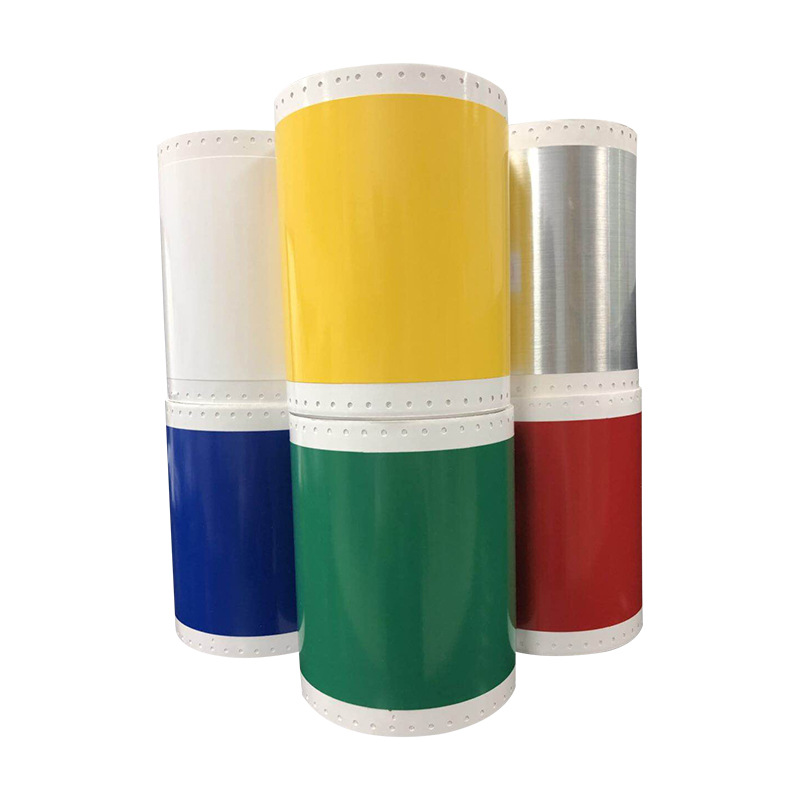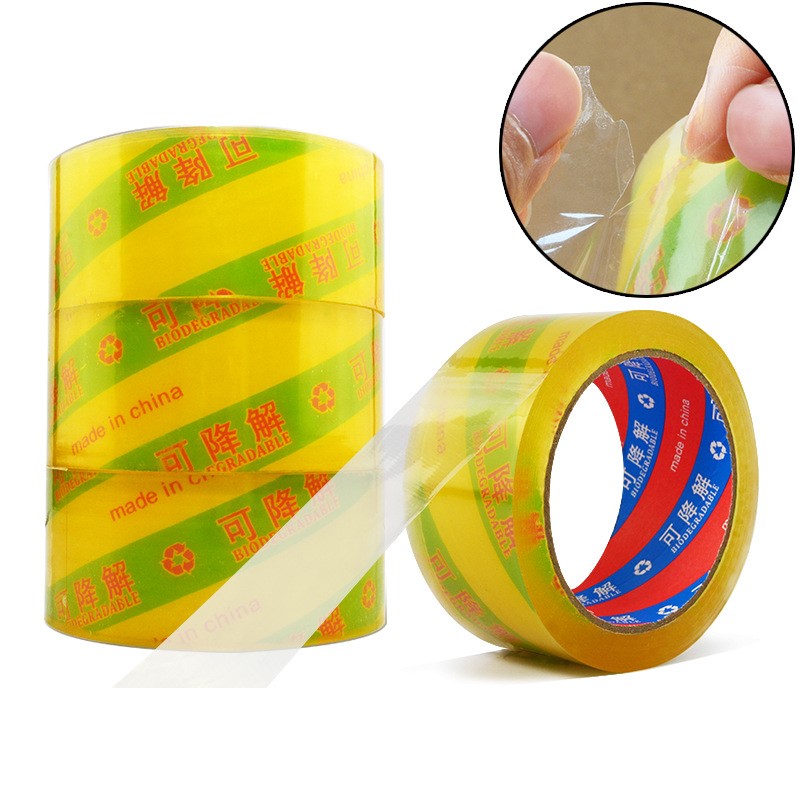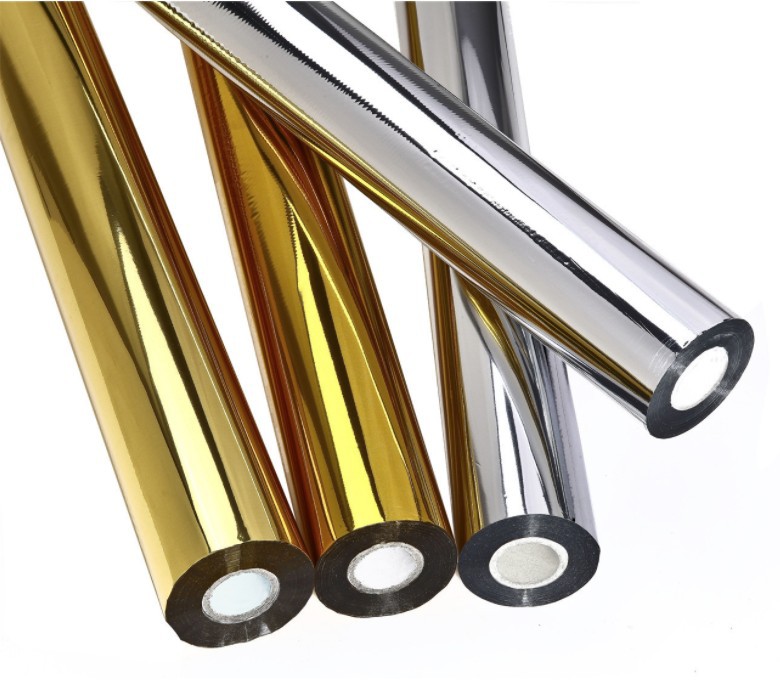The Evolution of Sticker Labels: A Deep Dive into Temperature sensing labels
Sticker labels have long been a crucial element in product identification, branding, and information communication. As industries continue to innovate, the demand for specialized sticker labels has grown exponentially. In this comprehensive exploration, we delve into the realm of temperature sensing labels, a cutting-edge development that is reshaping the landscape of sticker label applications.
Understanding Temperature Sensing Labels
Temperature sensing labels represent a breakthrough in label technology, offering real-time monitoring and data feedback. These labels find applications across diverse industries, from food and pharmaceuticals to electronics and logistics. The core functionality lies in the integration of advanced sensing materials that respond dynamically to temperature changes.
The Technology Behind Temperature Sensing Labels
At the heart of temperature sensing labels is a sophisticated combination of thermochromic and conductive inks. These inks undergo distinct color changes or conductivity alterations in response to temperature variations, allowing for precise temperature readings. This technology enables businesses to monitor and maintain optimal storage conditions for temperature-sensitive products.
Applications in the Food Industry
In the food industry, maintaining the right temperature during transportation and storage is paramount. Temperature sensing labels offer a cost-effective solution for ensuring the freshness and safety of perishable goods. From monitoring cold chain logistics to indicating the readiness of hot beverages, these labels add a new dimension to quality control in food-related processes.
Enhancing Pharmaceutical Safety and Compliance
Pharmaceutical products often have stringent temperature requirements to maintain their efficacy. Temperature sensing labels play a crucial role in pharmaceutical logistics, offering a visual indicator of whether products have been exposed to unfavorable conditions. This not only ensures product integrity but also aids in compliance with regulatory standards.
Revolutionizing Electronics Manufacturing
In the realm of electronics manufacturing, precise temperature control is vital for the production and testing of components. Temperature sensing labels enable real-time monitoring of manufacturing processes, ensuring that products meet quality standards. These labels provide an additional layer of quality assurance, contributing to the reliability and longevity of electronic devices.
Logistics Optimization through Temperature Sensing Labels
Efficient logistics depend on maintaining the integrity of goods during transportation. Temperature sensing labels enable shippers and logistics providers to track and monitor the conditions of sensitive cargo. This not only reduces the risk of spoilage but also enhances supply chain transparency, fostering greater confidence among stakeholders.
Challenges and Future Developments
While temperature sensing labels have proven transformative, challenges such as calibration accuracy and cost-effectiveness remain. Ongoing research aims to address these challenges and enhance the capabilities of these labels. The future holds the promise of even more advanced temperature sensing technologies, further expanding the potential applications and benefits across industries.
Conclusion
Temperature sensing labels represent a significant leap forward in the evolution of sticker label technology. From ensuring food safety to optimizing logistics and enhancing manufacturing processes, these labels offer a versatile solution for diverse industries. As technology continues to advance, the integration of temperature sensing capabilities into sticker labels is likely to become increasingly commonplace, driving innovation and efficiency across the global market.
We offer comprehensive technical support, including free professional labeling solutions, advice on label materials and adhesive selection, as well as online/offline assistance from professional software and hardware engineers. Service email: andy@ownlikes.cn. In pre-sales, we leverage our extensive experience in specialty labeling projects to provide clients with the most suitable hardware solutions. Additionally, all our label barcode printers and scanners come with a three-year free warranty, demonstrating our confidence in our products.






This site is protected by reCAPTCHA and the Google Privacy Policy and Terms of Service apply.